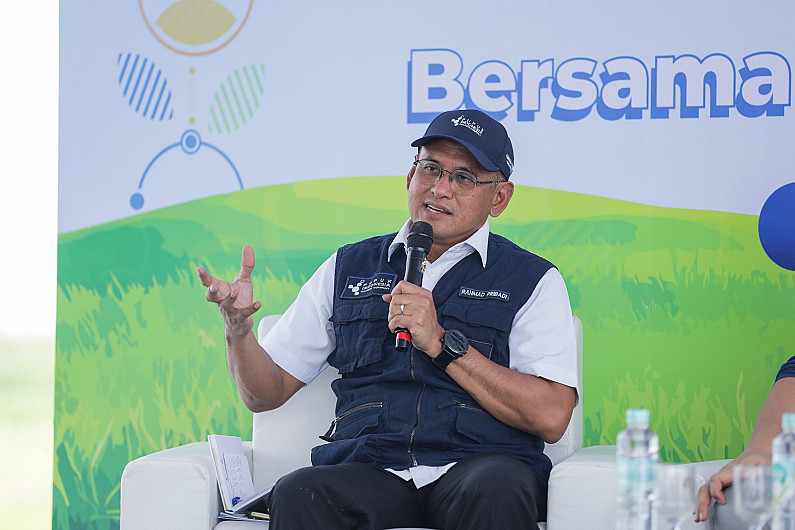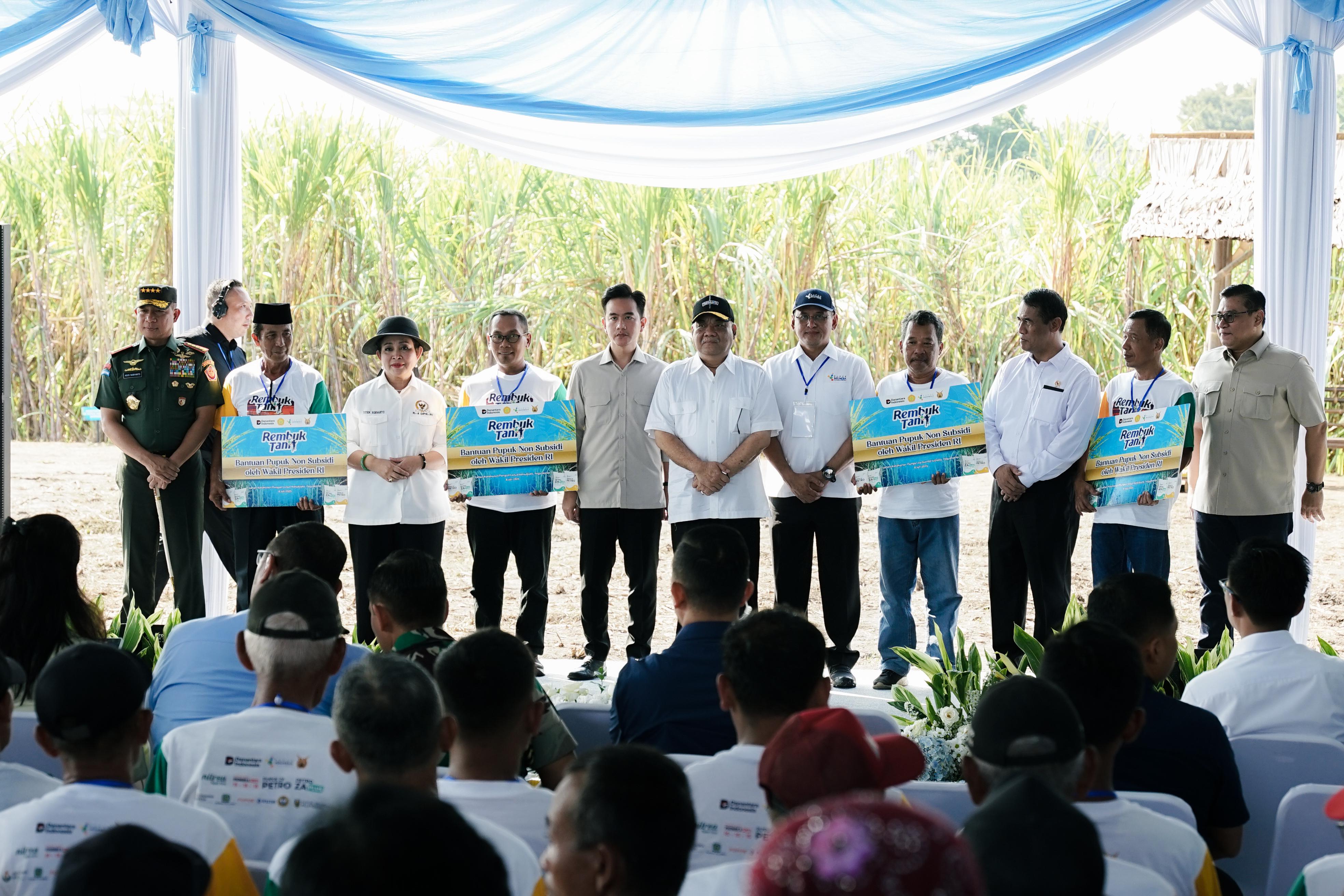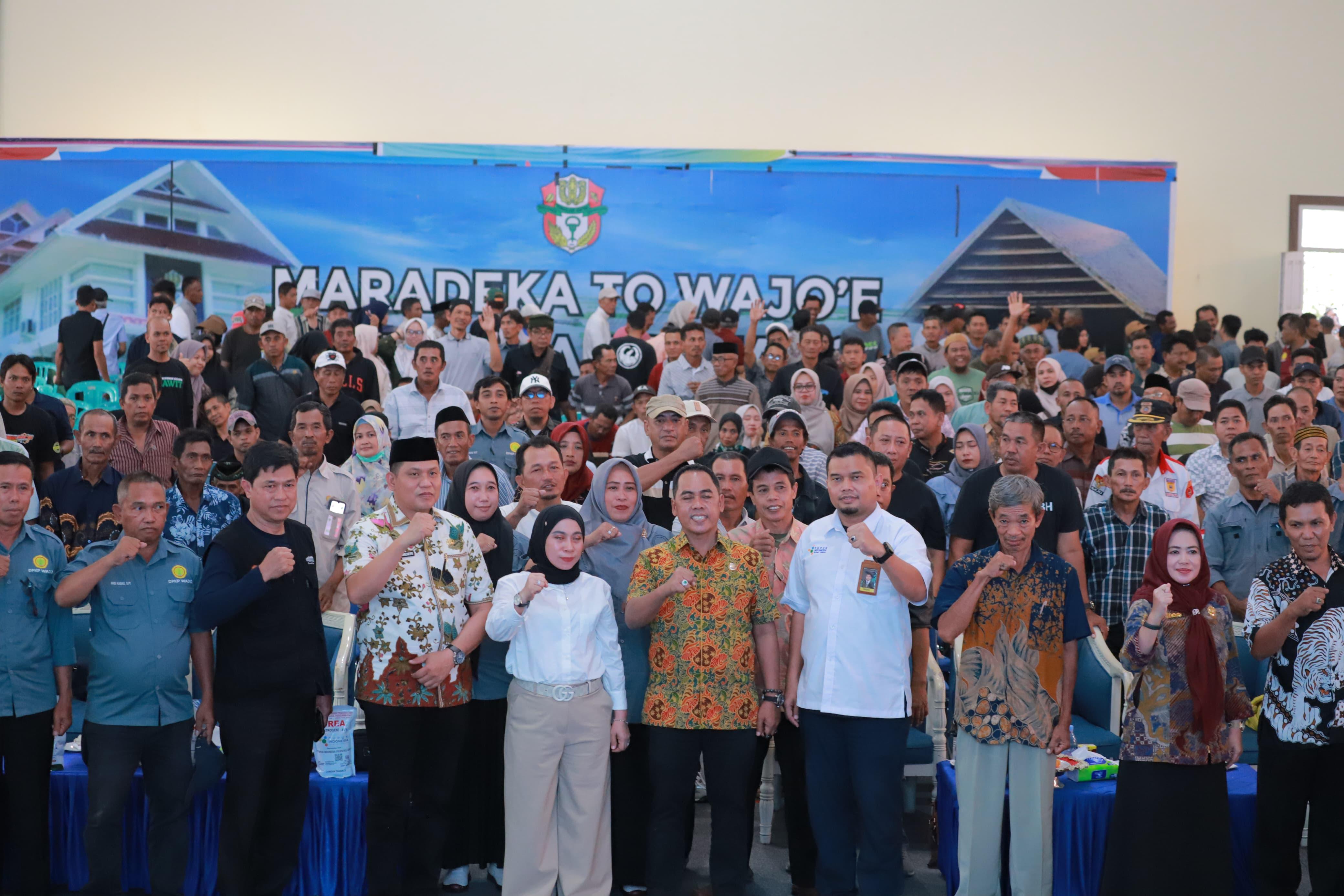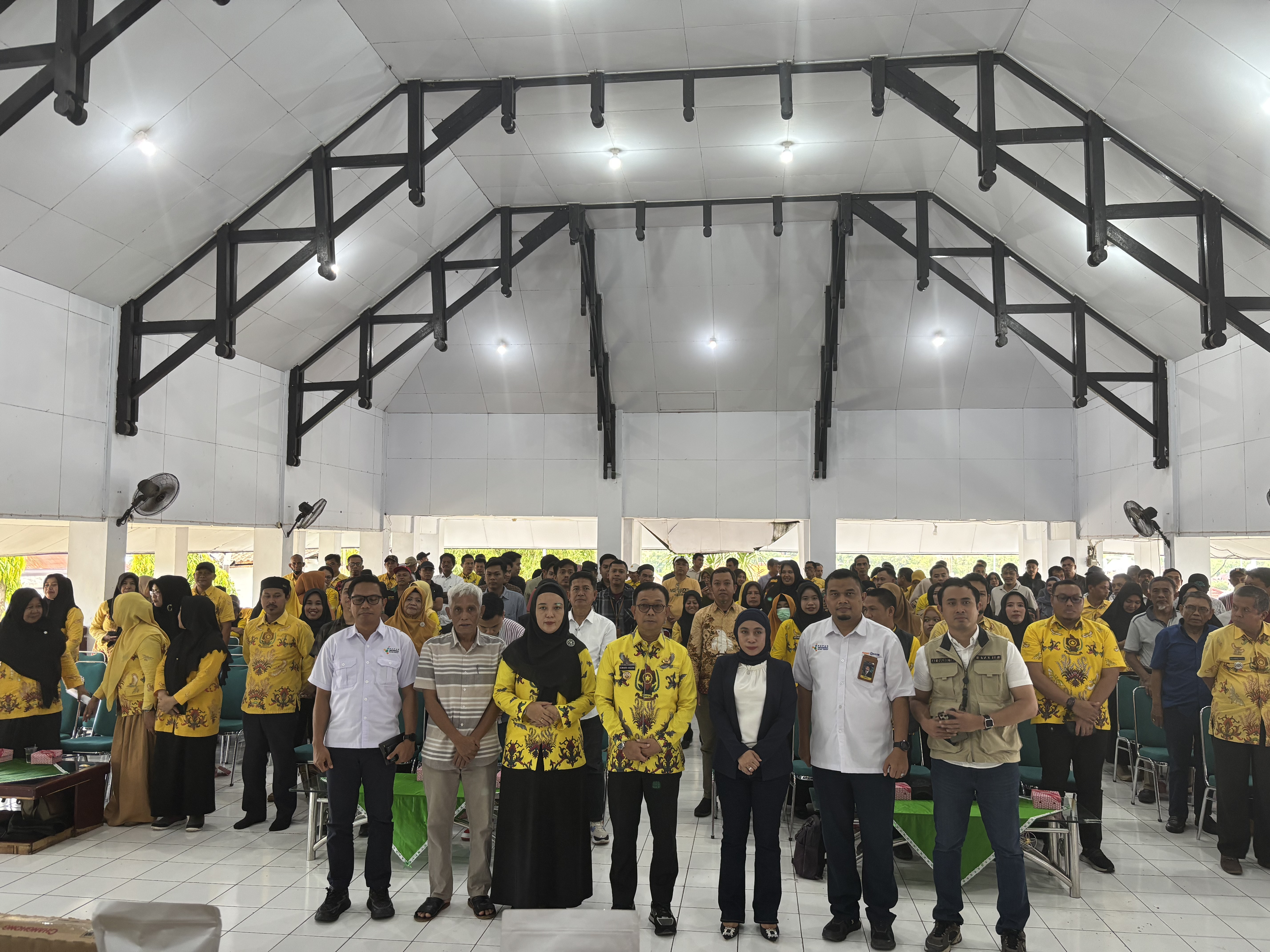President Director of Pupuk Indonesia Reveals the Crucial Role of Fertilizer in Supporting National Food Self-Sufficiency

Mojokerto, June 2, 2025 – Fertilizer is one of the key components and determinants of success in the agricultural sector, as it contributes up to 62 percent of agricultural productivity. Given this significant contribution, PT Pupuk Indonesia (Persero), as the implementer of the subsidized fertilizer policy, is responsible for ensuring both availability and affordability of fertilizer, in support of achieving national food self-sufficiency—a top priority of President of the Republic of Indonesia, Prabowo Subianto, as outlined in the Asta Cita vision.
President Director of Pupuk Indonesia, Rahmad Pribadi, stated that Pupuk Indonesia currently has a fertilizer production capacity of 14.5 million tons per year. Meanwhile, the Government’s subsidized fertilizer allocation for 2025 is set at 9.55 million tons.
“In terms of availability, we are in a safe position. As of May 2025, we have distributed more than 3 million tons out of the 9.5 million-ton allocation. We also still have fertilizer stock amounting to 2 million tons—comprising 1.4 million tons of subsidized fertilizer and 600,000 tons of non-subsidized fertilizer,” said Rahmad during a Rembuk Tani (Farmers' Dialogue) event held in Mojokerto, East Java, on Sunday (June 1, 2025).
He further explained that the current subsidized fertilizer stock has been distributed to 27,000 official subsidized fertilizer kiosks across Indonesia. These stocks are now redeemable by eligible farmers who meet the required criteria.
To maintain availability, he added, Pupuk Indonesia is optimizing technology. The company has implemented digitalization across all kiosks, notably through the i-Pubers application. With this digital system, farmers visiting the kiosks can see their allocated quota, how much fertilizer they have already redeemed, and how much remains.
When subsidized fertilizer is redeemed, Pupuk Indonesia’s command center is also able to capture nationwide data in real time. The data includes not only numeric information but also visual records.
“We can ensure that fertilizer is available and can be redeemed by eligible farmers. That’s one of the key roles in maintaining availability—not just in factory warehouses, but also by ensuring stock is distributed across the country through our sales network,” Rahmad emphasized.
He went on to explain that in order to maintain the availability of subsidized fertilizer, the Government has also simplified regulations through Presidential Regulation (Perpres) No. 6 of 2025. Previously, even with fully stocked warehouses, the distribution of subsidized fertilizer was hindered due to complex and overlapping rules.
Rahmad expressed his appreciation for the ministries involved, including the Coordinating Ministry for Food Affairs, the Ministry of Agriculture, the Ministry of State-Owned Enterprises (BUMN), and other ministries. Thanks to this Perpres, subsidized fertilizer is now being distributed effectively, with high redemption rates through May—something Rahmad said has never happened before.
“Starting from midnight on January 1, 2025, for the first time in history, all farmers across Indonesia were able to redeem subsidized fertilizer. This was previously impossible due to regulatory complications. This regulation is a tangible result of collaboration among stakeholders who agreed that fertilizer is a vital commodity for agricultural productivity,” said Rahmad.
Meanwhile, in support of affordability, Pupuk Indonesia continues to improve efficiency and revitalize its factories. For example, at Pupuk Sriwidjaja (Pusri) Palembang, the company is building a new plant to replace two aging ones—resulting in potential savings of up to IDR 1.5 trillion per year.
“Just because fertilizer is subsidized doesn’t mean price affordability is entirely the government’s responsibility. Pupuk Indonesia also holds responsibility—our production processes must be made more efficient,” Rahmad concluded.







